“`html
The Legacy of Windows 8: More Than Just a Failure
Windows 8, often remembered for its initial missteps, was a significant turning point in Microsoft’s operating system history. While it faced criticism for its dramatic interface changes, it also laid the groundwork for many features we now appreciate in Windows 10 and beyond. This article delves into the complexities of Windows 8, exploring its innovations, flaws, and ultimate impact.
The Initial Flaws: A Touch-Centric Approach Gone Wrong
Microsoft’s ambitious goal with Windows 8 was to unify the user experience across devices, from desktops to tablets and phones. The Metro design language, with its flat, tile-based interface, was a bold move. However, the execution was flawed. The traditional desktop interface, perfected over two decades, was thrown aside in favor of a touch-centric approach that was not user-friendly for those without touch screens. This resulted in a confusing and often frustrating experience for the majority of users.
Confusing User Interface
The introduction of Metro-style apps, which ran in full screen without traditional window decorations, alongside classic desktop apps created a disjointed user experience. The necessity of navigating between two entirely different interfaces made daily tasks feel clunky and unintuitive. The absence of a clear, unified paradigm led to considerable user frustration, a problem that continues to echo in Windows versions that came after.
Additionally, swiping from the edges of the screen to access the Charms bar was unintuitive for most people, especially without a touchscreen. The implementation for mouse and keyboard users was particularly poor, requiring users to move the mouse into one of the four corners of the screen and then left or right-click, which often was activated accidently. In short, Microsoft didn’t explain the new navigation system to the users properly.
The Missing Start Button
One of the most controversial changes was the removal of the Start button. Users accustomed to launching applications via the Start menu were forced to navigate the new Start screen, which was not intuitive for those using a mouse and keyboard. Finding and launching a desktop app required multiple steps which made it a lot of work. This misstep resulted in independent developers creating replacement Start buttons and start menus to solve a problem that Microsoft created themselves.
Hidden Strengths: Innovations Under the Surface
Despite its interface challenges, Windows 8 introduced many under-appreciated innovations. These improvements, while not always visible to the average user, played a crucial role in shaping the future of Windows.
Enhanced Security and Safety
Windows 8 included notable security improvements, such as:
- BitLocker full disk encryption
- UEFI boot support
- Improved Biometrics
- Enhanced Windows Defender antivirus capabilities
- Windows Live Family Safety
These advancements contributed to a more secure computing environment.
Tighter Integration of Online Services
Windows 8 featured tighter integration with various online services, including Bing, Xbox, and SkyDrive. This improved the overall connectivity and functionality of the operating system. For example, the introduction of the Windows to go feature also let you boot a fully manageable live Windows environment off of a USB key. This feature was unfortunately largely ignored.
The Redemption: Windows 8.1
Microsoft recognized the errors of its ways and addressed them with the release of Windows 8.1. This update brought significant usability improvements, rectifying many of the interface issues that plagued the initial release. It was released just before the one year anniversary of Windows 8.
Usability Enhancements
Key changes included:
- The return of the Start button
- The option to boot directly to the desktop
- The ability to run Metro apps side-by-side
- Auto-hidden title bars for Metro apps
- Taskbar access from the Start screen
- Customization of the Start screen
- Expanded Settings app
- Improved search functionality
Windows 8.1 didn’t abandon Windows 8’s vision, but it tempered it with usability in mind.
The Long Shadow of Windows 8
Despite the improvements in 8.1, the initial damage to Windows 8’s reputation was irreparable. Many users remained on Windows 7, waiting for a more compelling reason to upgrade. Windows 8’s mixed legacy highlights the importance of user feedback and iterative design in software development. It also serves as a reminder that a bold vision must be balanced with practicality and usability.
Conclusion: A Stepping Stone to Windows 10
While Windows 8 may be remembered for its flaws, it played a critical role in the evolution of Windows. It introduced many innovations that paved the way for the success of Windows 10. For that reason, it should be viewed as an important, albeit flawed, step in the history of Microsoft’s operating system history.
Často kladené otázky (FAQ)
Why was Windows 8 criticized?
Windows 8 was primarily criticized for its touch-centric interface, which was not user-friendly for those using a mouse and keyboard. The removal of the Start button and the introduction of Metro-style apps also contributed to user frustration.
What were the main improvements in Windows 8.1?
Windows 8.1 brought back the Start button, allowed booting directly to the desktop, made it possible to run Metro apps side-by-side, and included improvements to the taskbar and Start screen customization. It made the OS more user-friendly for mouse and keyboard users.
What security improvements were introduced in Windows 8?
Windows 8 introduced security advancements such as BitLocker full disk encryption, UEFI boot support, improved biometrics, and enhanced Windows Defender capabilities, leading to a more secure platform.
How did Windows 8 influence later versions of Windows?
Windows 8 laid the groundwork for many features that were refined in Windows 10, such as improved integration of online services and the blending of traditional desktop and modern app paradigms.
Is Windows 8 still supported?
No, Windows 8 has reached its end of life, and no further support or security updates are being provided. Users are encouraged to upgrade to a newer, supported version of Windows.
Klíčová slova
- Windows 8
- Windows 8.1
- Microsoft
- Operační systém
- Metro Design
- Start Button
- User Interface
- Software License Keys
- KEYS GALAXY
“`

